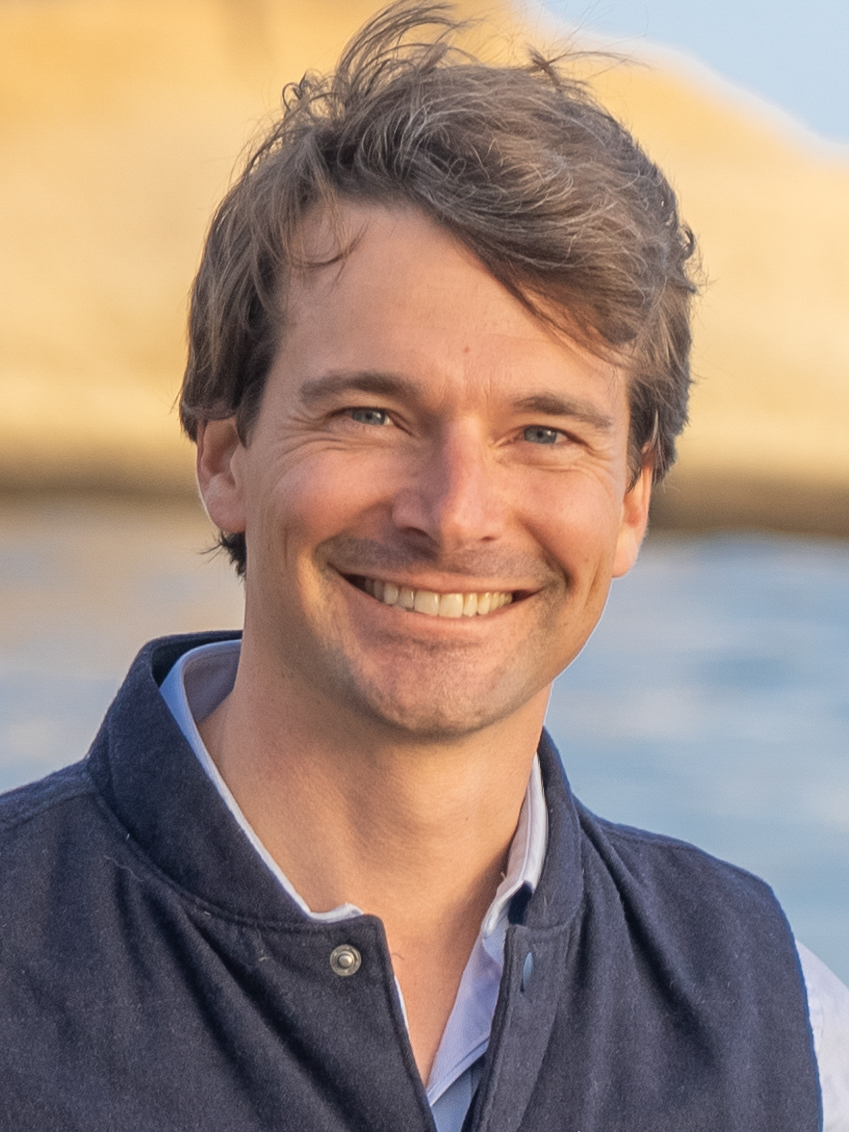Manu Koenig, incumbent and candidate for District 1
Manu Koenig is one of two candidates running for the District 1 Santa Cruz County supervisor seat in the March 5 election. The district includes Live Oak, Pleasure Point, Soquel, Soquel hills, part of Capitola and the Summit area east of Highway 17. Read about the other candidate in this race, Lani Faulkner.

Manu Koenig (Contributed)
Meet Manu Koenig
Age: 38.
Residence: Live Oak.
Occupation: Koenig is the incumbent District 1 county supervisor.
Experience: Koenig was elected District 1 Santa Cruz County supervisor in 2020. Koenig serves on the Santa Cruz County Regional Transportation Commission and is a Policy Board member of the Housing for Health Partnership. The partnership guides homeless services policies in Santa Cruz County.
Koenig worked with Greenway, an advocacy group that promoted Measure D in 2022. It would have changed the County of Santa Cruz’s General Plan to promote Greenway’s vision for a trail: two lanes of bike traffic, a divider and a walkway on the Santa Cruz Branch Rail line. Measure D failed with about 27% of the vote.
Prior to his role as county supervisor, Koenig worked for the Scotts Valley-based payments firm Paystand Inc and was co-founder and CEO of Civinomics. Civinomics was a mobile application that enabled users to propose and vote on government policies.
Read about Manu Koenig’s positions:
Read about Manu Koenig’s record:
Read why Manu Koenig is running for reelection
Important local issues
Koenig said the primary reason he got involved was the environment and “my desire to address the climate crisis.”
He added: “My name, ‘Manu,’ is Polynesian for bird. I grew up visiting my mother’s family down in the islands of Hawaii and French Polynesia. And throughout that time, I witnessed the impacts of sudden coral death first hand. And it really made me passionate about protecting our planet. I wanted to get into government and public policy in order to make a difference.”
What is your dream for the Santa Cruz community?
Koenig said he dreams that Santa Cruz County will “be a role model for sustainability throughout the world.”
Fun fact about Koenig
Manu said he “grew up climbing at Pacific Edge” and enjoys any opportunity to climb outdoors. He said his favorite local areas are Castle Rock State Park, Pinnacles National Park and a spot called The Cemetery.
Campaign finances
See campaign contributions to Manu Koenig and all local candidates.
Endorsements
See Manu Koenig’s endorsements.
Read related Santa Cruz Local stories
- Live Oak, Soquel voters rank housing as top concern — Nov. 17, 2023
- How homeless services money has been spent in Santa Cruz County — May 5, 2023
- Money sources, constraints and problems with homeless services spending in Santa Cruz County — May 5, 2023
- Property tax changes proposed in Santa Cruz County — Nov. 9, 2023
- Measure D routed in official election results in Santa Cruz County — June 7, 2022


